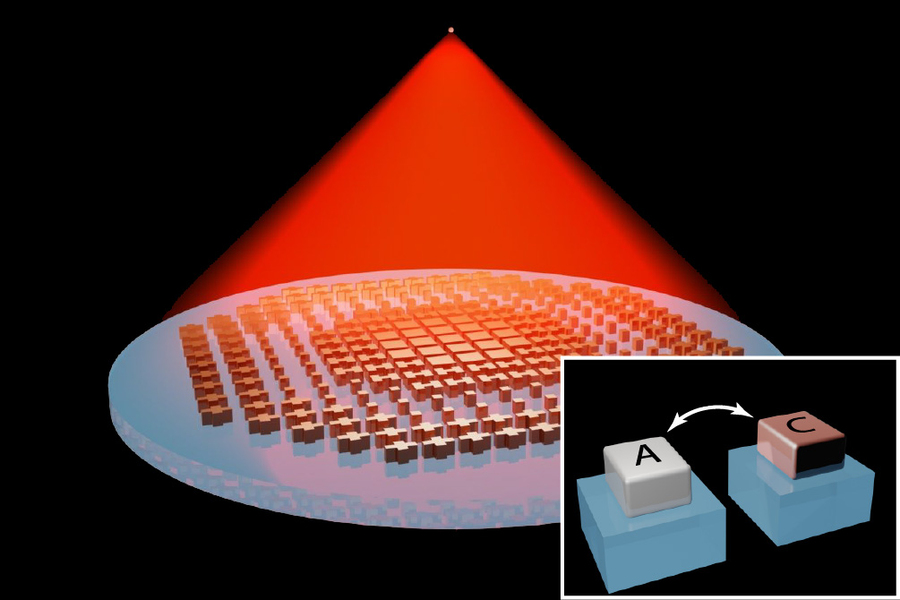New “metalens” shifts focus without tilting or moving
24. 2. 2021 | MIT | www.mit.edu
Polished glass has been at the center of imaging systems for centuries. Their precise curvature enables lenses to focus light and produce sharp images, whether the object in view is a single cell, the page of a book, or a far-off galaxy.
Changing focus to see clearly at all these scales typically requires physically moving a lens, by tilting, sliding, or otherwise shifting the lens, usually with the help of mechanical parts that add to the bulk of microscopes and telescopes. Now MIT engineers have fabricated a tunable “metalens” that can focus on objects at multiple depths, without changes to its physical position or shape. The lens is made not of solid glass but of a transparent “phase-changing” material that, after heating, can rearrange its atomic structure and thereby change the way the material interacts with light.

“Our result shows that our ultrathin tunable lens, without moving parts, can achieve aberration-free imaging of overlapping objects positioned at different depths, rivaling traditional, bulky optical systems,” says Tian Gu, a research scientist in MIT’s Materials Research Laboratory. The new lens is made of a phase-changing material that the team fabricated by tweaking a material commonly used in rewritable CDs and DVDs. Called GST, it comprises germanium, antimony, and tellurium, and its internal structure changes when heated with laser pulses. This allows the material to switch between transparent and opaque states — the mechanism that enables data stored in CDs to be written, wiped away, and rewritten.
Read more at MIT
Image Credit: MIT
-jk-




